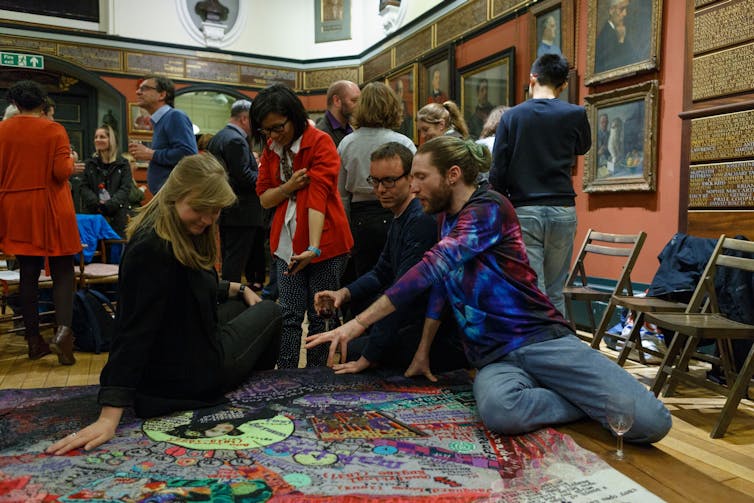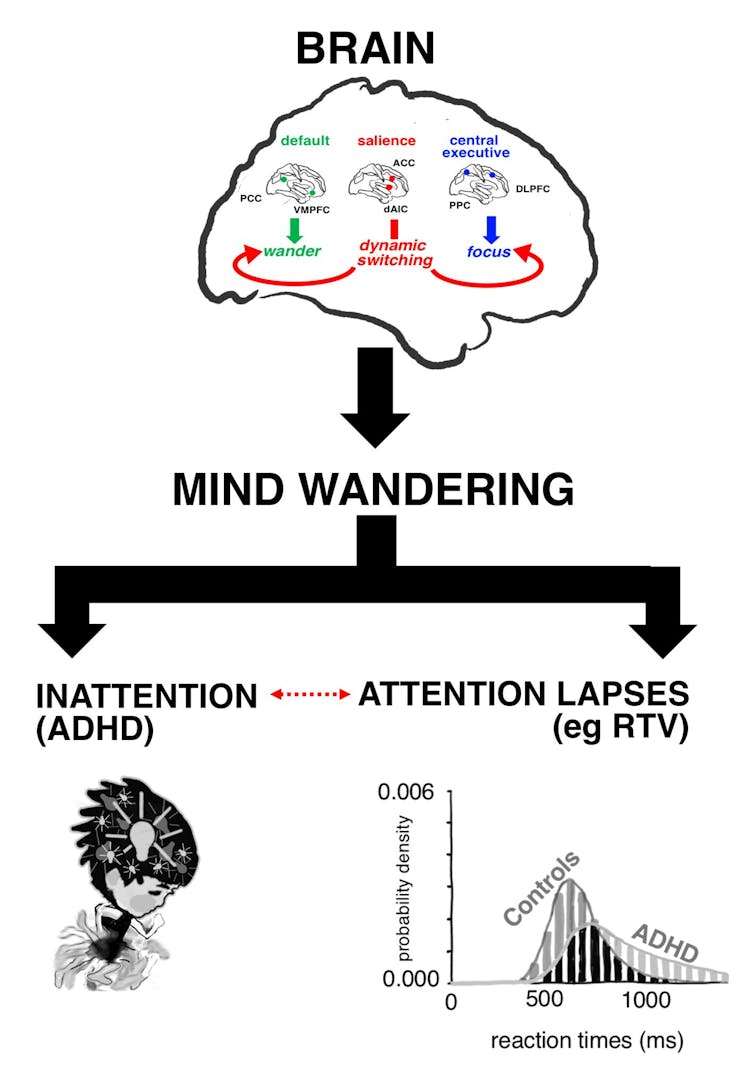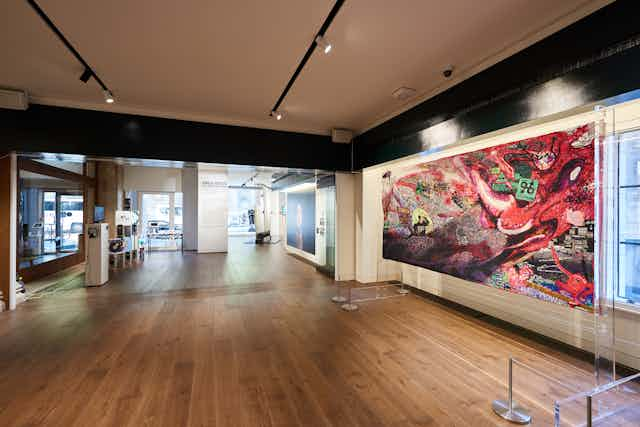We are in the midst of a global mental health crisis, according to a recent review by the Lancet medical journal. Our “collective failure” to respond to this crisis results in “monumental loss of human capabilities and avoidable suffering”. The development of 20 antipsychotics and 30 antidepressants over the past four decades has not improved the morbidity or mortality of mental disorders. In England, mental illness costs £105.2 billion annually. People consider the stigma around mental health worse than the illness itself.
Evidently, to bring about policy and cultural change, we need to think outside the pillbox. A recent governmental report in the UK puts forward a robust argument for how the arts can “stimulate imagination and reflection” and “change perspectives”. Art therapy, for example, can improve conditions like dementia. But this report is concerned with the quality of the artistic activity “rather than that of the output”. It rejects art that is “lofty activity which requires some sort of superior cultural intelligence to access”.
But the quality of the artistic output is a salient part of transforming how we see mental health, if it is to stop being something shameful and negative. Art stimulates and changes perspectives because it engages and develops cultural intelligence. Surely different forms of art – including those of the “lofty” variety – must also play a role in rectifying our collective failure?
Illness as methodology
Major societal challenges like mental health demand cross-disciplinary efforts. Our own novel approach is to bring visual art practice into dialogue with Attention Deficit Hyperactivity Disorder (ADHD).
ADHD presents a powerful case study both because it is classified as a mental disorder, and because the problems surrounding mental health are amplified in ADHD. Affecting 3-4% of adults worldwide, ADHD is characterised by inattention, distractibility, disorganisation, overactivity, restlessness, impulsiveness and mood irregularity.
ADHD is invisible not just because it is a non-physical condition, but because it is hidden from public discourse and imagination. If at all mentioned, we speak ill of it or mock its existence, linking it with male criminals or bad parenting. Described both in terms of “deficit” and “disorder”, ADHD can only be mired in stigma. No wonder ADHD – and psychiatry – seem ostracised even within the medical sector.
ADHD’s bad press is something that demands countering. Putting the arts in conversation with ADHD can help this happen.
#MagicCarpet
One of us is an artist with ADHD, the other a global authority on the condition. We thought that this unique confluence of expertise and interests could spark a lively conversation about ADHD, using art as a process of interrogation, disruption and dialogue.
Since 2017, we have been working together at the Social, Genetic and Developmental Psychiatry Centre at King’s College London. We are exploring mind wandering and how this relates to ADHD and the creative mind. While a universal phenomena, excessive mind wandering may be impairing. Yet, wanderings of the mind (and body) have historically been celebrated in the arts (think for instance of the dreamscapes of the Surrealists). Working together, we aim to negotiate the medical and cultural boundaries of so-called “normality” and “abnormality”.

We call our art-science collaboration #MagicCarpet. The artist attends scientific seminars and takes part in ADHD research trials, while the psychiatrist enters spaces like the South London Gallery and the Southbank Centre, to talk with arts audiences and professionals. A key output of our project is a tapestry art installation, which people can sit on to chat and make drawings about their mind (you can make your own here). #MagicCarpet is a creative space for people to discuss their own mental health and mental health more generally. We invite people from all walks of life, including ADHD experts and service users, psychiatry-sceptics and health professionals, to discuss mental health.
We’ve hosted 29 exhibitions, seminars and workshops so far. The stories we’ve encountered have been a revelation. Sat shoeless on the #MagicCarpet, clinicians have confessed their own ADHD, which motivated their interest in the field, but which they do not reveal at work. Several health policy professionals have commented on the benefits of the non-hierarchical and accessible setting, so different to a clinical one. The work is contributing to both local and national training with healthcare professionals and researchers. It has led to us creating a diagram for an academic paper which posits mind wandering as a new framework to understand ADHD.

But perhaps #MagicCarpet’s greatest contribution lies in its gathering people from different sectors – distinct bodies of knowledges and practices – to generate new insights. Medical interventions have failed to avert the sticky situation in which we are finding ourselves. Working across sectors and disciplines and artfully mixing things up, perhaps in what could be called an “ill-disciplined” approach, can disrupt the status quo.
Art is no magic bullet. Yet, with its propensity for play and ambiguity, it can open up new spaces for us to ask new questions. Our work joins other examples of co-creation and sharing of knowledge through art, like The Heart of the Matter (which explores the heart) and Hubbub (which explores dynamics of rest, noise, tumult, activity and work). Novel, cross-disciplinary approaches, such as visual art in conversation with ADHD, can stimulate imagination and reflection, develop cultural intelligence and transform how we see mental health. This can contribute to rectifying our collective failure, and help bring about policy and cultural change in mental health.

